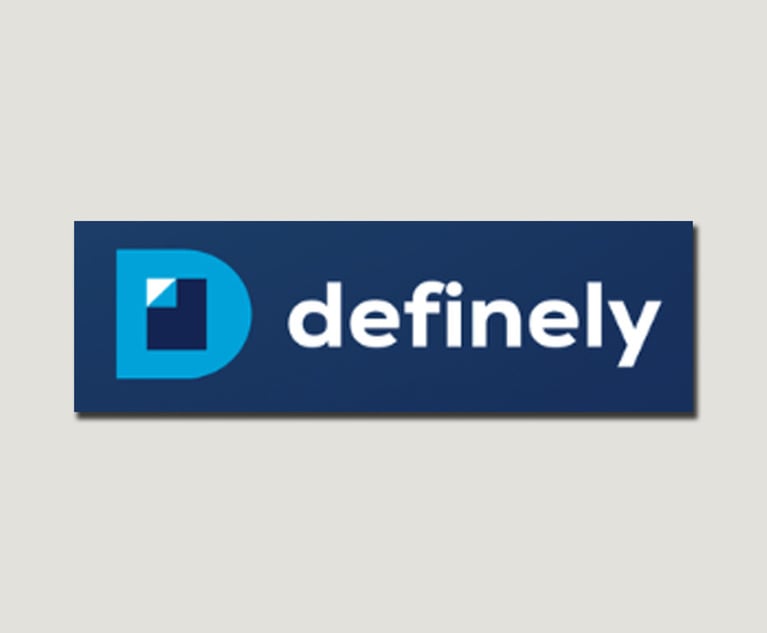Out of all the challenges facing EU regulators tasked with translating the EU’s General Data Protection Regulation (GDPR) from text to reality, none is more potentially troublesome than how to apply the data law to blockchain technologies. Blockchain, after all, seems to inherently conflict with all that the GDPR demands. Data cannot be erased on the blockchain, nor can many blockchain networks be easily monitored or controlled by a central authority.
But among other things, the GDPR requires that enterprises honor any EU citizen’s request to erase their personal data from any system, and obtain an EU citizen’s “affirmative consent” before storing or processing personal data. So how can the GDPR and blockchain live side by side?
This content has been archived. It is available through our partners, LexisNexis® and Bloomberg Law.
To view this content, please continue to their sites.
Not a Lexis Subscriber?
Subscribe Now
Not a Bloomberg Law Subscriber?
Subscribe Now
LexisNexis® and Bloomberg Law are third party online distributors of the broad collection of current and archived versions of ALM's legal news publications. LexisNexis® and Bloomberg Law customers are able to access and use ALM's content, including content from the National Law Journal, The American Lawyer, Legaltech News, The New York Law Journal, and Corporate Counsel, as well as other sources of legal information.
For questions call 1-877-256-2472 or contact us at [email protected]


 Photo Credit: mrmuhh/Shutterstock.com
Photo Credit: mrmuhh/Shutterstock.com





